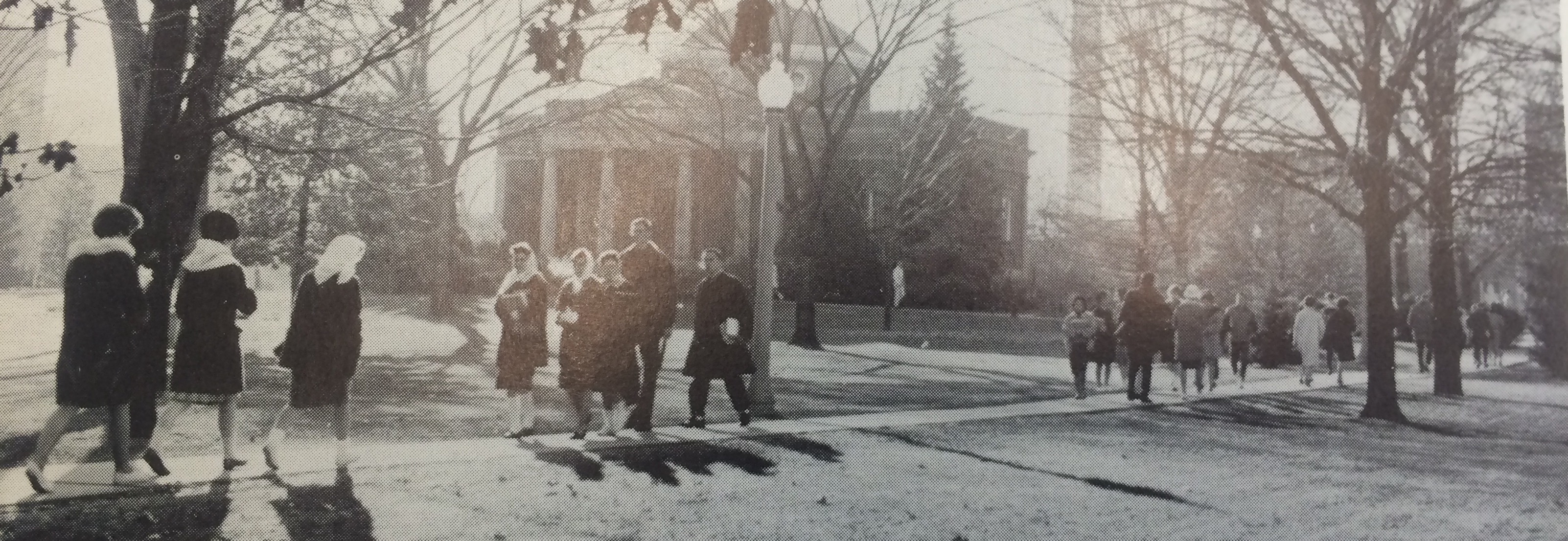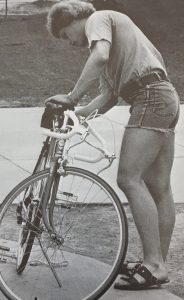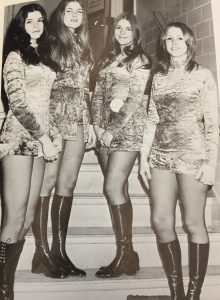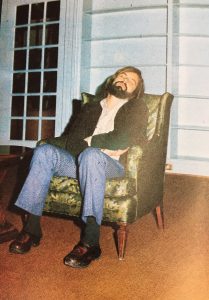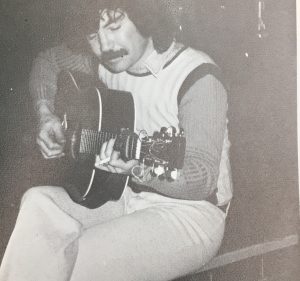In the 1970’s at Northeastern Missouri State, the student handbooks show a marked shift in the expectations of student dress. In the beginning of the decade, the charts seen in the fifties and sixties were still present. At this time, though, the chart had been simplified so that there was just one page for both men and women.
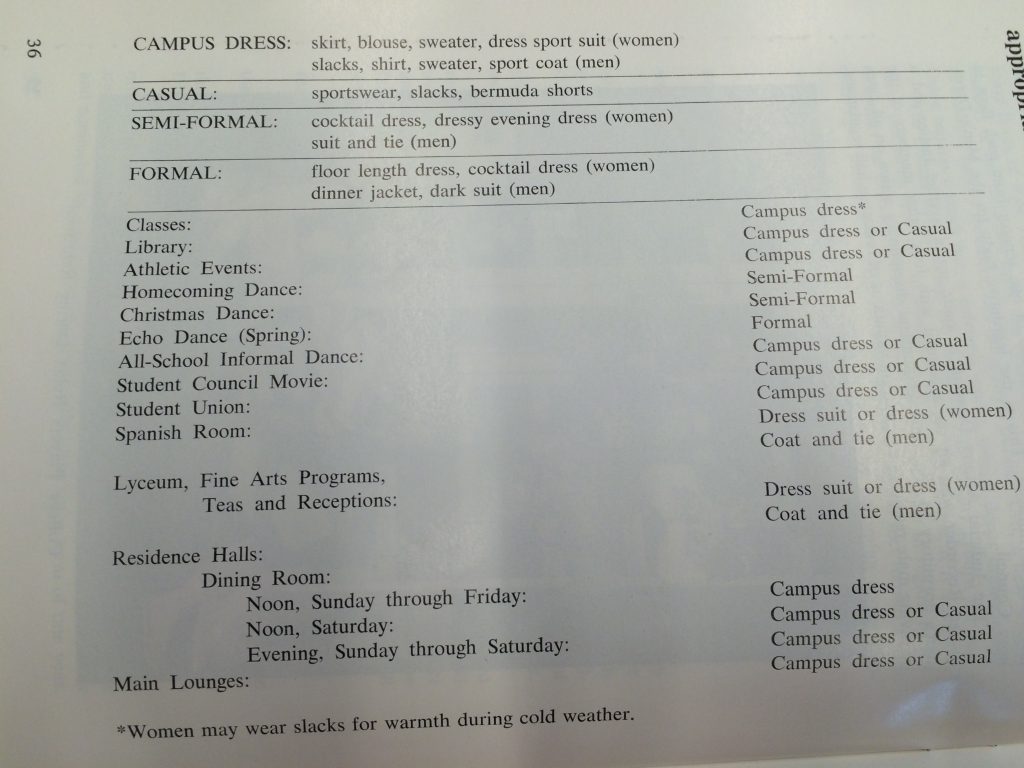
Northeast Missouri Teachers College Student Handbook, 1970-1971.
By 1972, gone were the days of charts advising students how to dress. The charts were replaced with this simple statement in the 1972-1973 handbook: “Mature adults should use judgement in their dress and appearance. There is time and place for various kinds of apparel. While there is no strict enforcement of a dress code, there are certain types of dress more acceptable for classes.” This vague statement was the last time that dress was discussed in the student handbooks. As mentioned previously in the 1960’s page, this quote holds the students accountable for dressing for success. Northeastern Missouri State most likely decided that saving multiple pages for discussing an expecting dress code was not needed anymore and that those pages saved could have content regarding new classes added or changes at the university.
The style of the 1970’s definitely reached Northeast Missouri State. One can view flared and striped pants rushing by, men participating in wearing jean shorts, women trying out shorter skirts and dresses.
- “Jorts”
- Striped Pants
- Shortened theme
Truman State University, Echo, Kirksville, MO: 1971-1973, Truman State University Special Collections.
There is also a distinct switch in hair throughout this period, both hair on top of the head and facial hair. For women, a common theme is the hair length getting longer and straighter. For men, there is a theme of their hair getting longer as well, but there is an emphasis on facial hair. Before 1970’s, men were not participating in growing facial hair, there was few mustaches in the 1960’s. However, in the 1970’s, men are growing beards and mustaches, also noting, sideburns.
- Truman State University, Echo, Kirksville, MO: 1974, Truman State University Special Collections.
- Truman State University, Echo, Kirksville, MO: 1972, Truman State University Special Collections.
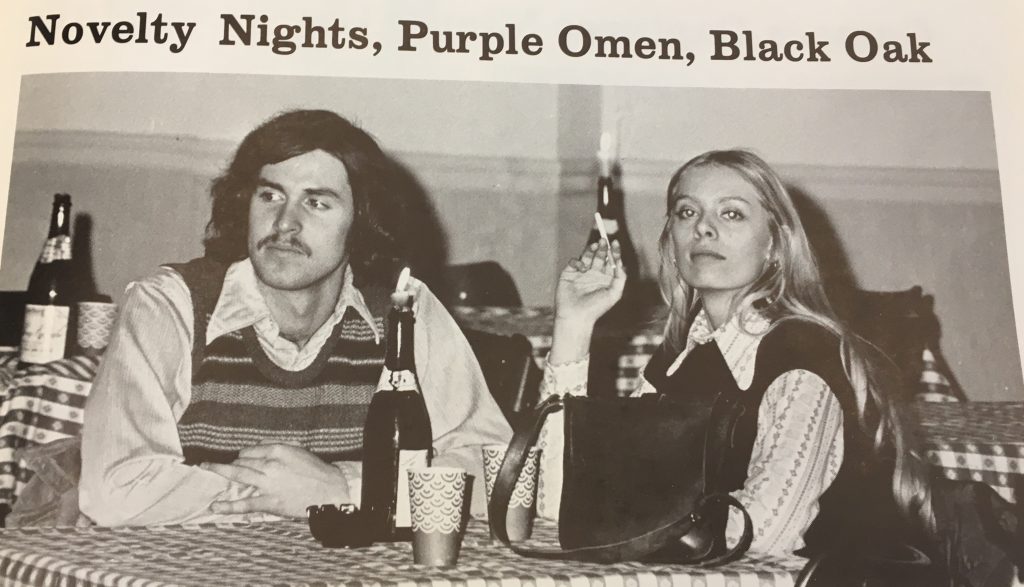
Truman State University, Echo, Kirksville, MO: 1972, Truman State University Special Collections.
